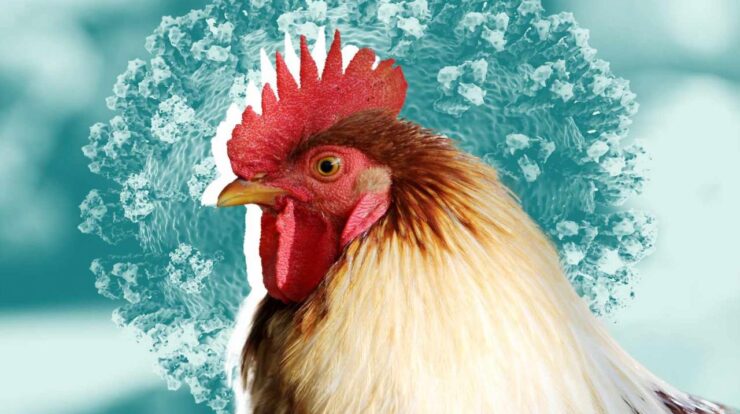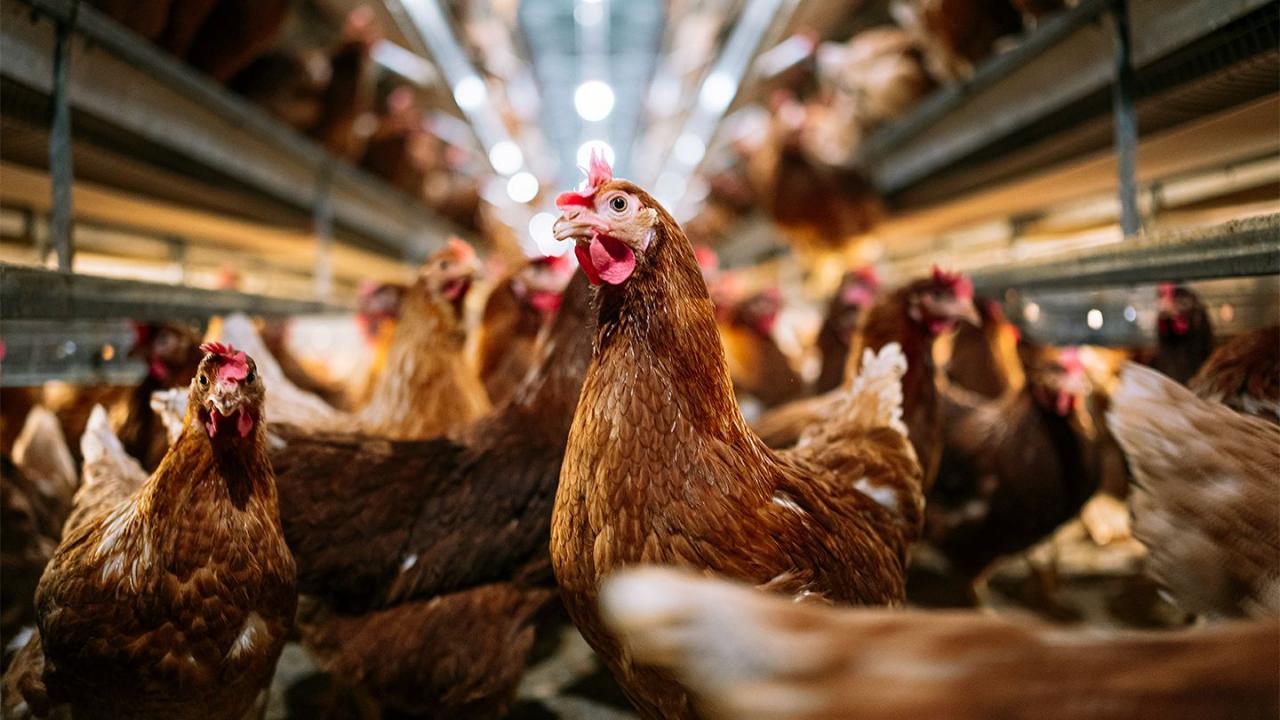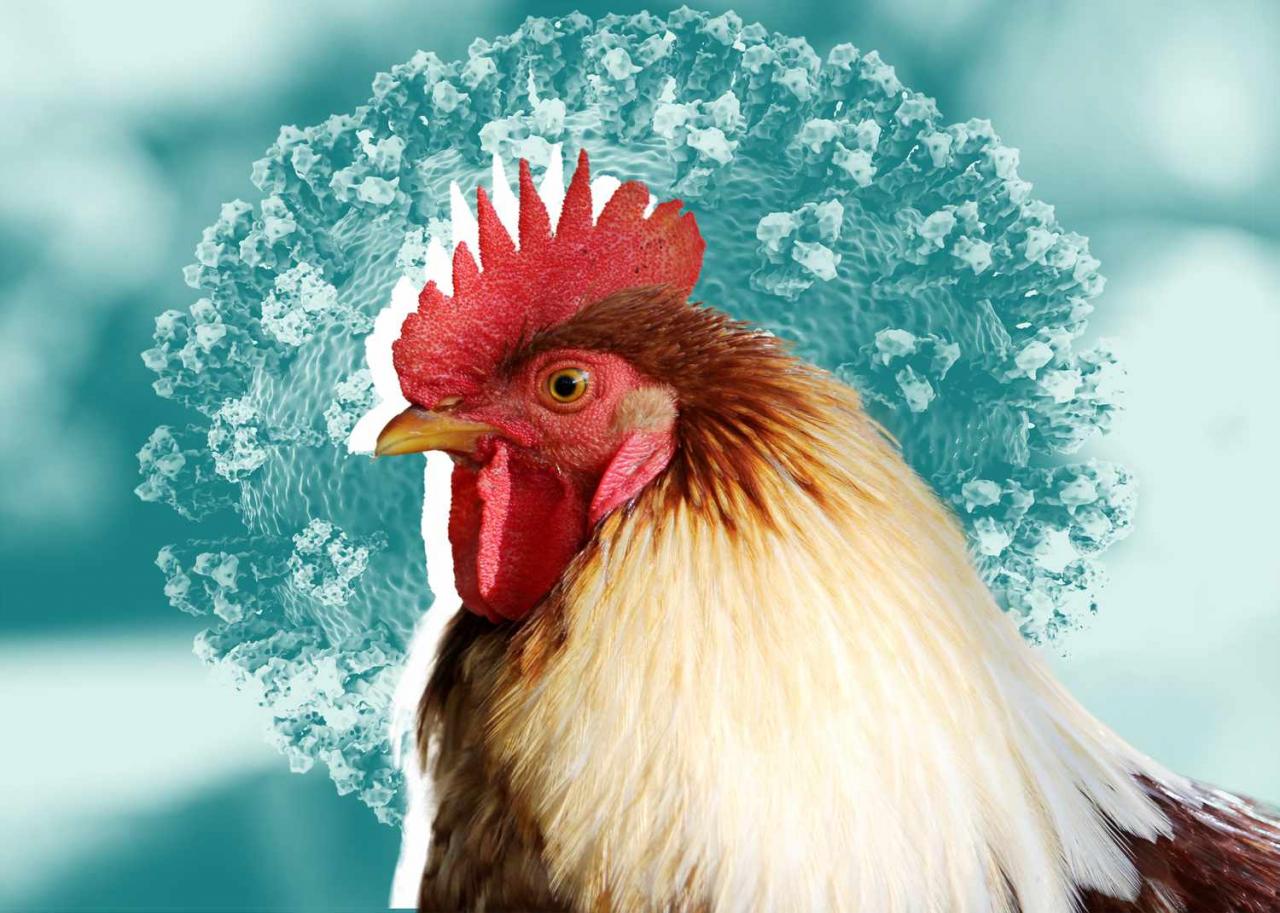
Bird flu virus milk – The presence of the bird flu virus in milk has raised concerns about its potential risks to public health and the dairy industry. Understanding the transmission, impact, and prevention measures is crucial for mitigating the threat posed by this virus.
Evidence suggests that the bird flu virus can contaminate milk, potentially posing a health risk to consumers. The dairy industry has been significantly affected by bird flu outbreaks, leading to economic losses and disruptions in milk production and distribution.
Bird Flu Virus in Milk

Bird flu, also known as avian influenza, is a highly contagious viral infection that primarily affects birds. However, there have been instances where the virus has been transmitted to humans through contact with infected poultry or their secretions.
Transmission of Bird Flu Virus Through Milk, Bird flu virus milk
The presence of the bird flu virus in milk has been a concern due to the potential for human infection through consumption. The virus can be shed in the feces and respiratory secretions of infected birds, and these secretions can contaminate milk if they come into contact with it.
Studies have shown that the bird flu virus can survive in milk for extended periods, even after pasteurization. Pasteurization is a process that kills most bacteria and viruses, but it may not be effective against all strains of the bird flu virus.
Potential Risks of Consuming Milk Contaminated with Bird Flu Virus
Consuming milk contaminated with the bird flu virus can pose a health risk to humans. Symptoms of bird flu in humans can range from mild to severe, including fever, cough, sore throat, muscle aches, and fatigue.
In severe cases, bird flu can lead to pneumonia, respiratory failure, and even death. People with weakened immune systems or underlying health conditions are at a higher risk of developing severe complications from bird flu.
Summary: Bird Flu Virus Milk

Preventing the transmission of bird flu through milk requires a comprehensive approach involving dairy farmers, public health agencies, and consumers. Implementing strict biosecurity measures, monitoring poultry flocks, and educating the public about safe milk consumption practices are essential for safeguarding both animal and human health.






